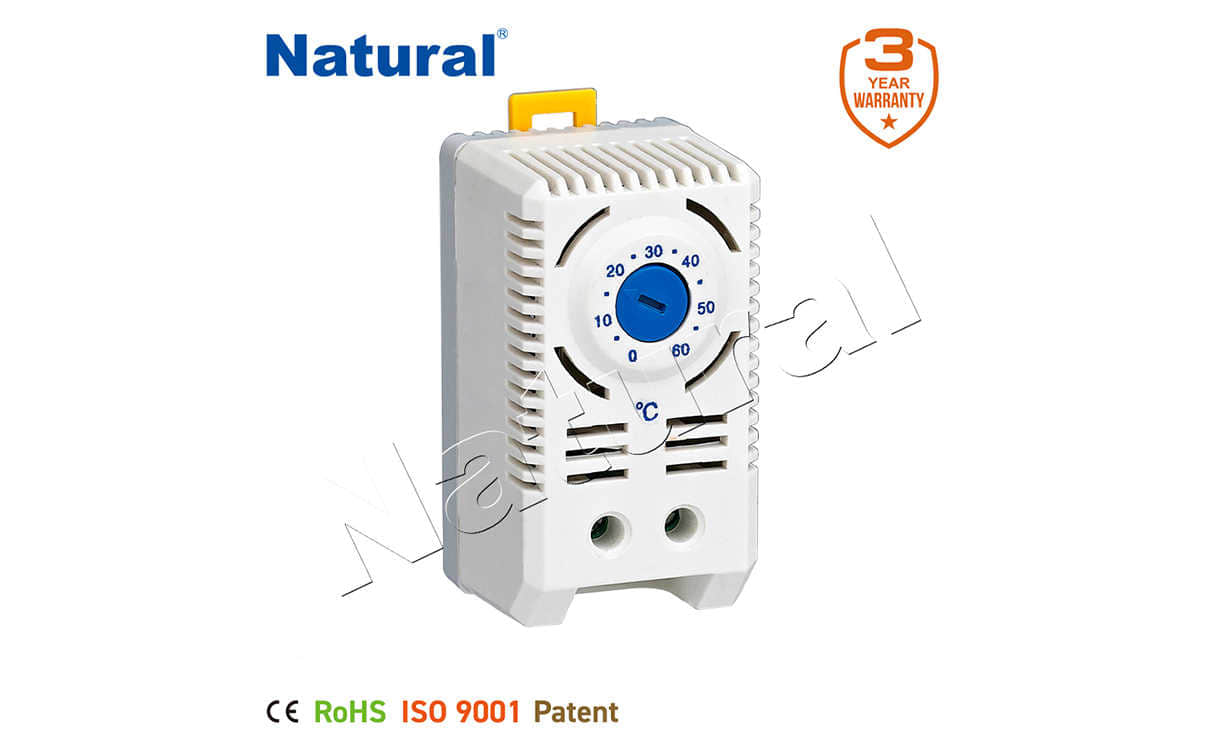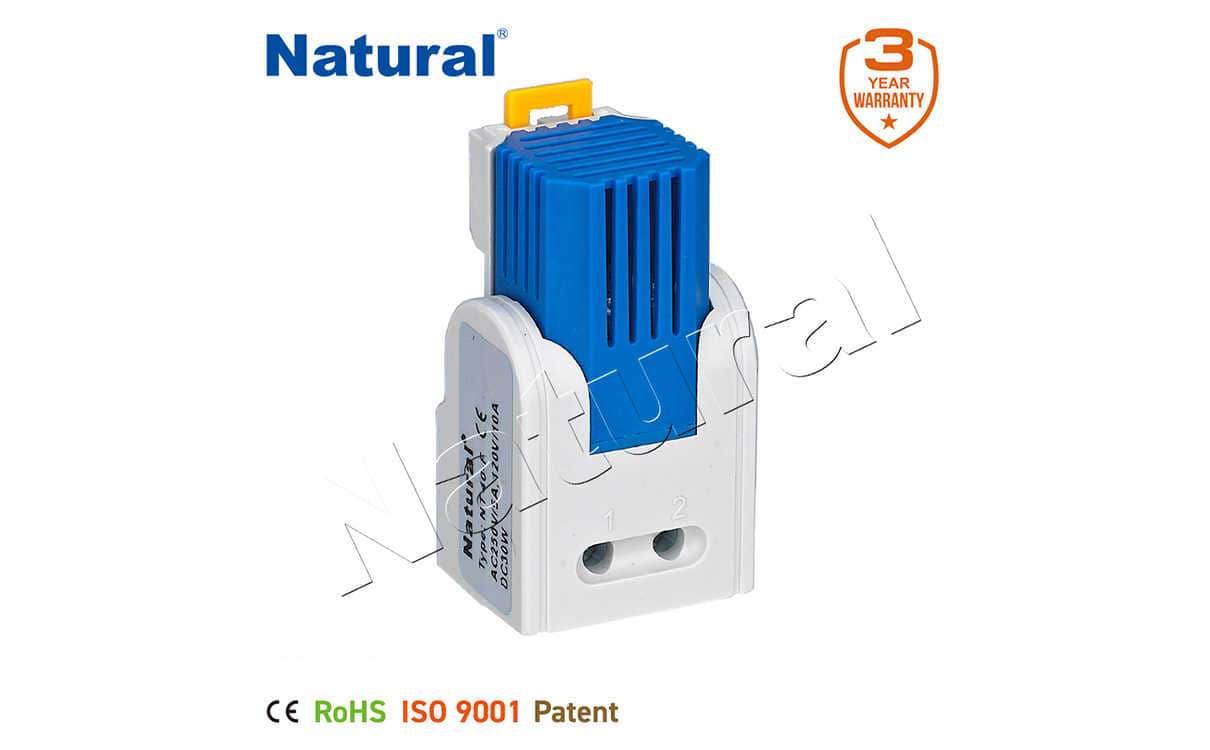 28 items Patent
28 items Patent
 28 items Patent
28 items Patent
 28 items Patent
28 items Patent

In the modern world, where energy efficiency and sustainability are becoming increasingly important, the use of natural and environmentally friendly technologies is gaining significant attention. One such innovative solution is the differential thermostat, a device that offers a natural approach to temperature regulation. Unlike traditional thermostats, which simply control the heating or cooling system, differential thermostats provide a more dynamic and eco-friendly method for maintaining temperature balance. In this article, we will explore what differential thermostats are, how they work, and why they can be considered a natural and sustainable choice for temperature control.

A differential thermostat works by measuring the difference in temperature between two points, typically in a system like a heating or cooling circuit. This type of thermostat operates by comparing the temperatures of the fluid or air at different locations. If the difference between the two is greater than a preset threshold, the thermostat activates or deactivates the system accordingly. This allows for more precise control over the temperature, as the system responds to changes in real-time rather than relying on a fixed temperature setting.
One of the most natural aspects of a differential thermostat is its ability to adapt to environmental conditions. Unlike conventional thermostats that rely on a static temperature reading, differential thermostats continuously monitor the temperature gradient between two points. This real-time feedback mechanism ensures that the system responds only when necessary, making it a more efficient solution. By using the natural differences in temperature, the system can adjust the heating or cooling process based on the immediate needs of the environment, reducing unnecessary energy consumption.
